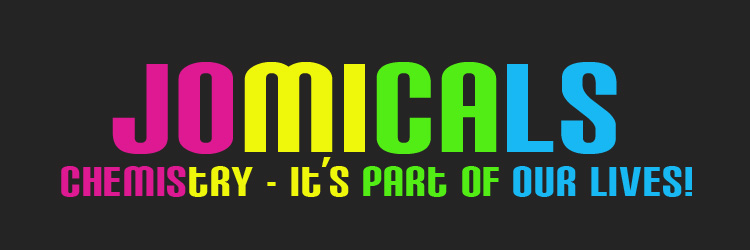No fear! SG is here! (Hey, that rhymes!)
SG who?

He's none other than our daily superhero, Super Glue. (Okay, I understand if you're giving me the 'You-are-so-lame-I-don't-know-what-to-say' face. I'm totally cool with it.)

So what makes super glue so super? Super glue contains an ingredient known as the cyanoacrylate, C5H5NO2.
 Ethyl cyanoacrylate
Ethyl cyanoacrylate
 Ethyl cyanoacrylate
Ethyl cyanoacrylateCyanoacrylate is an acrylic resin which will quickly polymerised when water especially hydroxide ions are present. It will then form long and strong chains and thus, it will join the two surfaces together. The cyanoacrylate glue will then thicken and harden until the molecular strands can never move from their positions. And because of this ingredient in the super glue, the glue must be recap after use as the presence of moisture will cause the glue to harden and the glue will lose its usability.
Cyanoacrylate hardens quickly, usually less than or around a minute. Meanwhile, a normal bond will reach its full strength within 2 hours and it is waterproof. Low temperature however will weakened the cyonoacrylate's bond.
There is one thing to take note here. If you happen to apply super glue unto materials made of cotton or wool, an exothermic reaction will occur and heat released might cause minor burns on a person. If a large amount of cyanoacrylate is used, you can actually set the cotton on fire! Wow right?
Don't play play with SG!





No comments:
Post a Comment